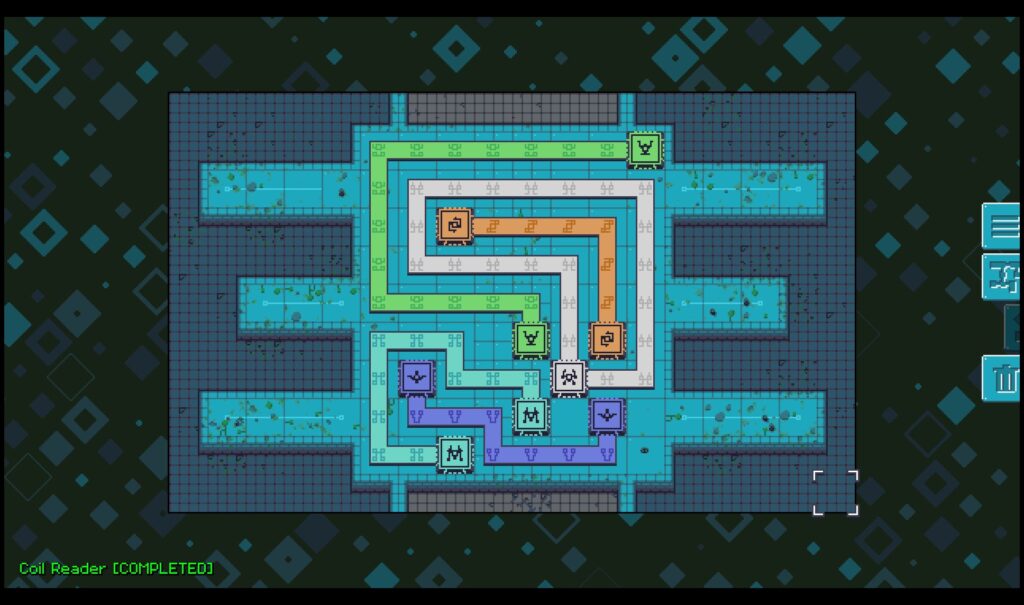
PC
One of my most-played games on my electronic telephone is Flow Free. It’s a game about connecting coloured nodes with uninterrupted lines, and it’s essentially perfect. There are eighty trillion clones of it clogging up the stores, all of them terrible in comparison. Flow Free makes no mistakes at all, its interface flawless, meaning you can speed-solve puzzles at a tremendous pace, and everyone should play it.
So this said, when I realised Trans Neuronica (Latin for “Across Neurons”, if you were wondering) was a node-connecting game, I hesitated. I already have perfection, see. But no, I was completely wrong, because Neuronica is a whole other thing: something far more complex and involved, constantly evolving its challenges, and while certainly not perfect, an absolutely tremendous puzzle game.
It begins deceptively similiarly. It’s just about matching the different coloured nodes, but like so many Flow Free clones, doesn’t seem to understand that for the puzzles to be sublimely enjoyable, they need to use every cell of the puzzle. Except, it’s not that it doesn’t understand this: it’s that it’s not relevant, because it’s about to move on in interesting ways. After quickly adding in multiple nodes of one colour that all must be connected, it does something I’ve never seen before: it restricts the available grid until particular nodes have been connected.
This wouldn’t be that inherently interesting an approach on its own, given it would essentially guide you through a puzzle. But what’s quickly brilliant here is that as the area grows larger, you need to start rearranging the connections that unlocked the space in order to make more. BUT, break the connection and the unlocked space will close off again. So it’s about careful rejigging, ensuring new connections are in place before deleting old ones, such that you can hook up some more. The best versions of these puzzles have multiple stages, each requiring meticulous rearranging of the previous to progress, but without accidentally undoing anything vital.
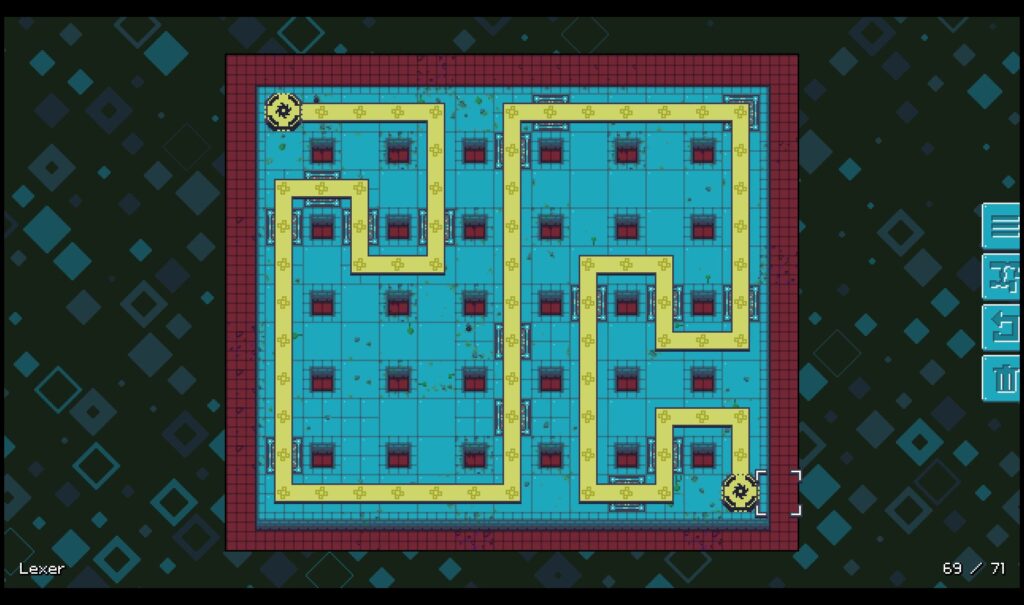
Soon after this, there are power units required to connect nodes, then node types that have to remain connected at all times, then limited numbers of connections available in a level, and then all of it combined together in fascinating ways. And that’s just the first half, the second introducing even more new node types, and then weaving them into the previous rules.
All the while, it’s telling something of a story, about some mysterious crashed computer network, an unhelpful robot AI, and honestly, I’m not entirely sure. It’s not exactly essential, but inoffensive enough, and it justifies the game’s super-tough “boss” levels. These are ever-growing puzzles that shift and change as you complete stages, but with a punishing timer that races down when you make mistakes. Thankfully, you can not only calm that timer down in the settings, but you don’t actually need to finish these to open the next stage of puzzles.
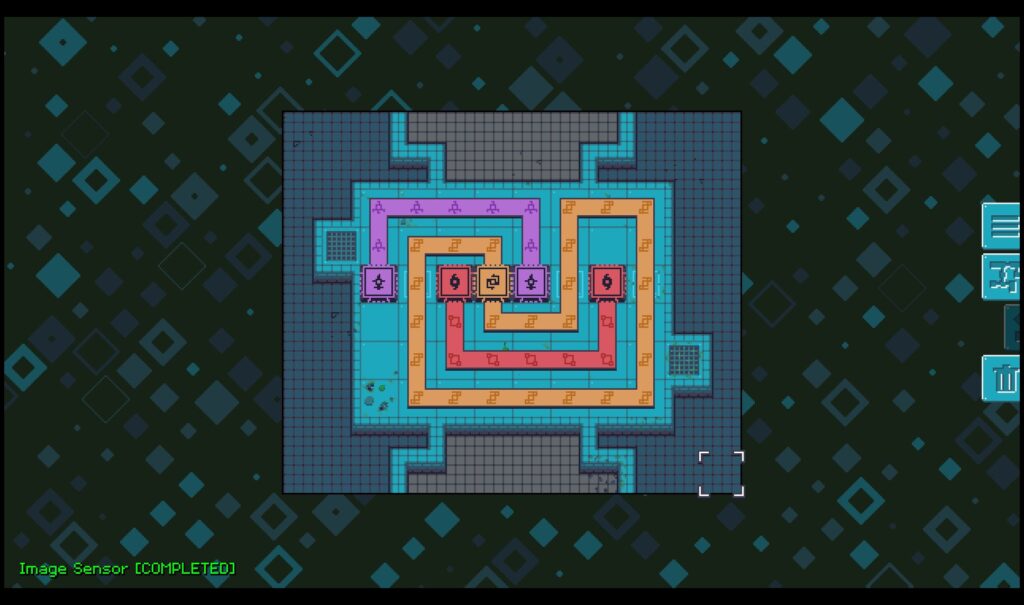
The big mistake it makes is a lack of user-friendly aid when dragging connections in the grid. The mighty Flow Free, unlike all its clones, has all sorts of smarts going on to stop a drawn line from slipping left or right, or crashing through a previously drawn line. Neuronica does not, and all too often when using the mouse, I found it slipping into the neighbouring row or column and fussing up a previously drawn connection. Like any Picross game, I wish this too would have some assumptions that no player ever wants this to happen, and requires a more obvious steer from the controls. It’s a small detail, but it bugged me a bunch as I played.
This is in Early Access, and new puzzles are still to come. It had a big revamp a couple of weeks ago, which changed all the puzzle names and introduced 15 new ones, so the online walkthroughs that exist are pretty useless now! But the game’s also much improved for it, with a nice interface between levels, and a cute little hidden secret for retrying those boss levels.
This is really decent. Strong puzzle design, such that when you find one that seems too easy, it means there is going to be one that follows that looks almost identical, but is much more fiendish. And I’m delighted that, in the end, it doesn’t even make sense to compare it to Flow Free – this is a wholly different approach.
- Evidently Cube / Hyperstrange
- Steam
- £8.50/$10
- Official Site
All Buried Treasure articles are funded by Patreon backers. If you want to see more reviews of great indie games, please consider backing this project.
85




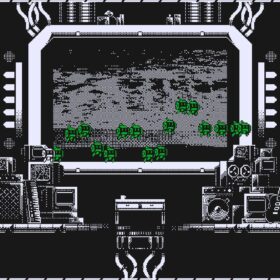
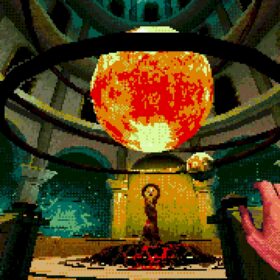

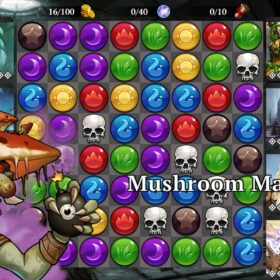
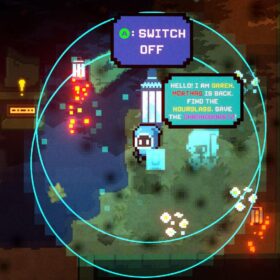


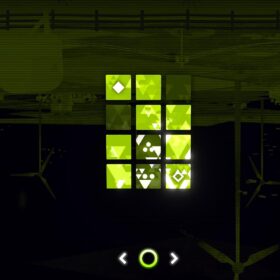
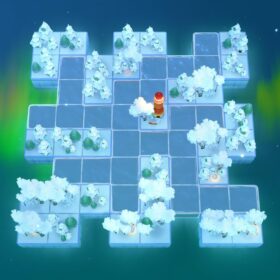
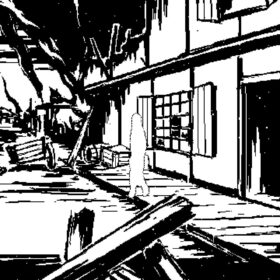



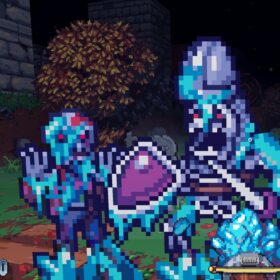

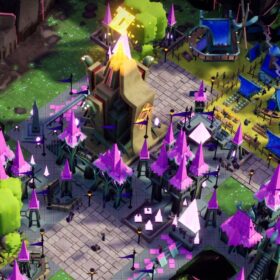
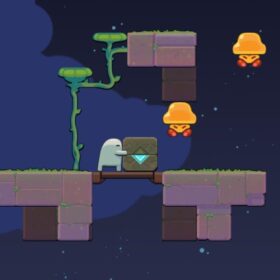
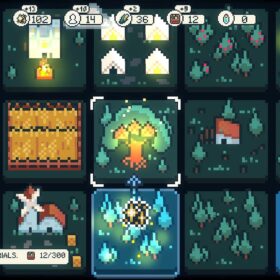

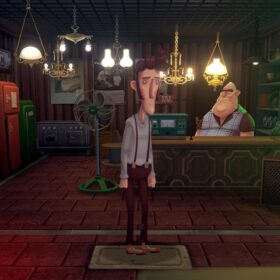
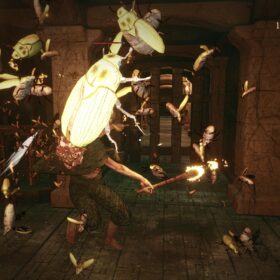

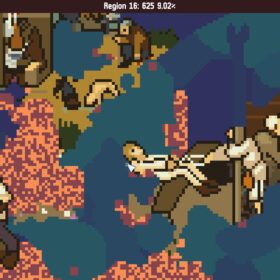
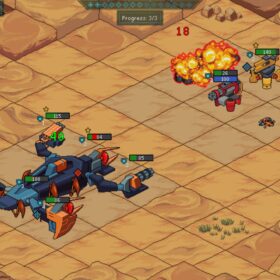


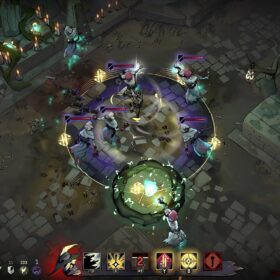
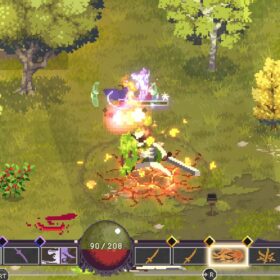
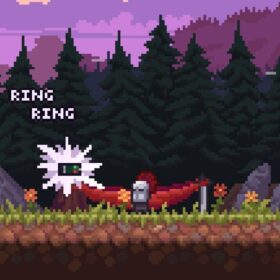
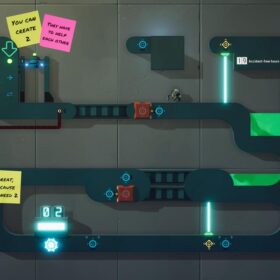
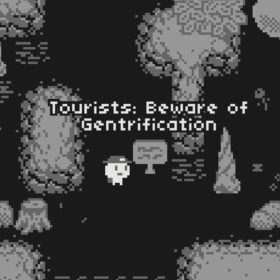

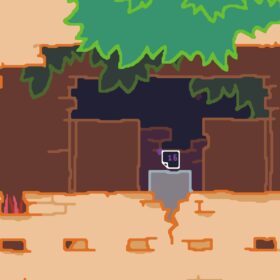


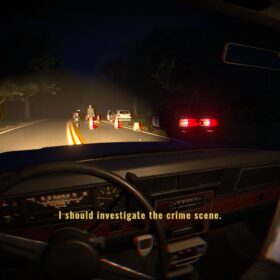
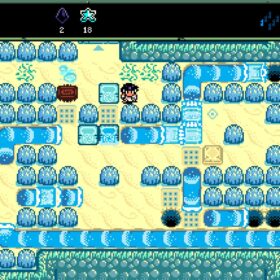
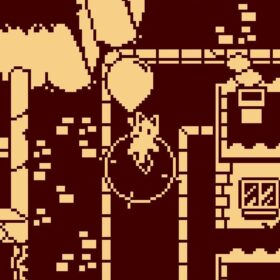
This looks great! I love the evolving puzzles and conditions in the trailer, and it also occurs to me how susceptible I am to finding an abstract puzzle game much more desirable when it’s clothed in something resembling a theme or a narrative like this. Even if it’s not much of a story, it contributes a lot for me. Kind of puts me in mind of SOLAS 128. Anyway, thanks for this recommendation!